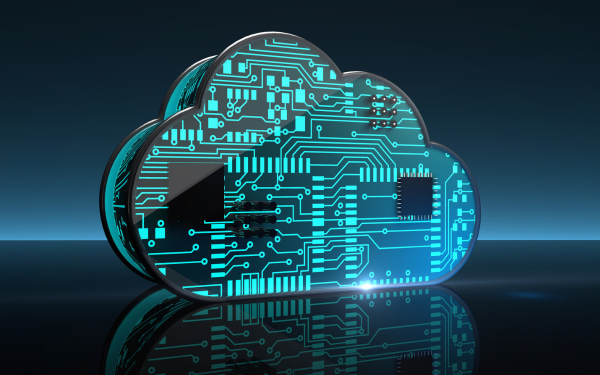The machines are taking over. Or, to be more precise, software is taking over. Whereas computing capabilities used to be focused on what you could do ‘on bare metal’, or on the chipsets installed in devices and local servers, nowadays it’s all about cloud technology and software-as-a-service (SaaS).
It’s the same in the world of POS. The point of sale software market was valued at just over $12bn in 2018, but is forecast to reach $42.5bn by 2027. Cloud-based POS systems accounted for 53% of the market by 2023.
There are good reasons for this. Software-based POS won the argument on ease of use and efficiency a long time ago. Instead of having to install a bunch of standalone machines and then configure them together, you could just install a program across a network of devices.
Cloud-based POS takes these benefits even further. It’s agile, it’s scalable, it’s incredibly cost efficient. It radically simplifies installation and staging. And cloud POS has thrown the door open on POS becoming ‘more than sales’. It has enabled simple integration with CRM, inventory, finance and other business systems, so that POS now serves as a central, accessible operational hub for thousands of businesses.
But what about POS hardware in all of this? With all the focus on software, it can feel like actual POS devices are the forgotten child. But you still need hardware to run software on. What is more, the POS terminal market is still growing in value, forecast to reach a projected 20.2 million by 2026. That’s on the back of businesses needing to upgrade to the latest POS hardware to match the ongoing evolution of software system capabilities.
So exactly how are POS devices evolving?
Down in size, up in agility
One thing the emergence of cloud POS technology has done is break the correlation between size of software and the processing power of the terminal and/or local server. In the past, scaling up the capabilities of your POS system meant you needed to ramp up CPU to handle it. And that tended to mean bigger, chunkier hardware.
But as all the back-end compute side of cloud POS is run on remote servers off in a data centre somewhere, that’s no longer the case. Sure, you want POS terminals that are fast and efficient in performance.
But on-device storage and processing requirements are greatly reduced. Along with network speed and reliability, RAM becomes more important to ensure smooth, efficient local access to all that data being transported in from afar.
Combined with the shrinking of modern chipsets and high efficiency solid state drives, this means POS terminals no longer need to be so big. That has allowed for the emergence of leaner, more compact designs. Indeed, one of our specialisms at AURES is focusing on the aesthetics of POS hardware, so terminals look as good as they perform in your store or restaurant. Taking back-end processing off premises gives us a lot more room for manoeuvre in that regard.
The downsizing of POS hardware is not just good news aesthetically. It’s great for agility, too. The old model of POS being a fixed checkout point (and one that probably took up a sizeable chunk of real estate) is gradually being eroded. Smaller, more compact POS devices means greater flexibility in where you position them. Up to and including moving them around to different places.
This of course includes the emergence of mobile POS (mPOS), tablet-sized devices that are designed to be carried around and location-independent. In the US, 41% of restaurants already use mPOS handheld server tablets which waiting staff can take to the table.
Another trend to watch out for is the emergence of hybrid POS terminals – those that can be used at fixed checkout points in the traditional sense, but can also be uncoupled and used on the move like an mPOS device.
So in summary, it’s absolutely correct that cloud-based, software-driven POS technology is pushing back the boundaries of on-premise digitization. Modern POS systems are becoming a critical hub for managing whole-business operations, delivering outstanding gains in efficiency and performance, and helping to transform the customer experience.
But we shouldn’t lose sight of the fact that this is not a software-only revolution. Ongoing innovation in POS hardware is just as interesting and just as critical to taking on-premise operations to the next level.




